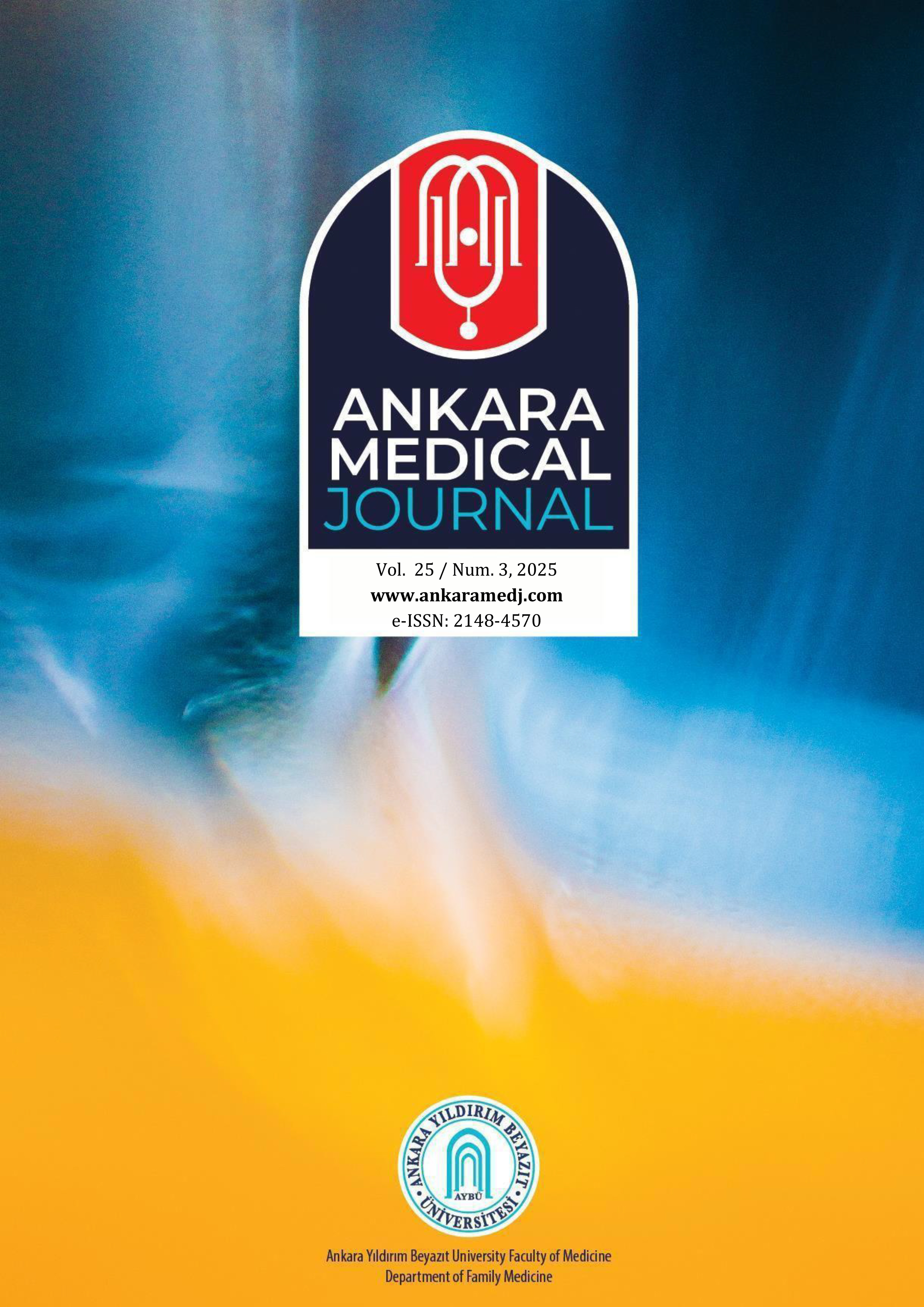Determination of Physical Activity Levels of Patients with Diabetes Mellitus and Evaluation of Its Relationship with Treatment Compliance
Halil Okur, Sibel Tunç Karaman, Okcan BasatUniversity Of Health Sciences, Gaziosmanpaşa Training And Research Hospital, Department Of Family Medicine, Istanbul, TurkeyINTRODUCTION: Physical activity is a crucial component of the treatment of Diabetes Mellitus (DM). This study aimed to determine the physical activity levels of patients with DM and evaluate the relationship between their adherence to treatment.
METHODS: The study was designed as a single-center, prospective, analytical study. It was conducted with patients who applied to the Family Medicine Outpatient Clinic for any reason, those who had a diagnosis of DM for at least one year. Sociodemographic data, anthropometric measurements, fasting blood glucose, and HbA1C levels were recorded. Physical activity levels were assessed using the General Practice Physical Activity Questionnaire (GPPAQ) and the International Physical Activity Questionnaire (IPAQ). The levels of compliance with drug treatment were assessed using the Modified Morisky Medication Adherence Scale-8 (MMMAS-8).
RESULTS: The mean age of 237 people included in the study was 51.32 ± 8.62 years (25-65), and most were women (n=141; 59.49%). The majority of the participants were physically inactive. (according to IPAQ n=143, 60.34%; GPPAQ n=161, 67.93%). 55.70% (n=132) had a moderate-high level of treatment compliance. No statistically significant correlation was determined between both scales measuring physical activity level and compliance of individuals to drug treatment (p=0.110 for GPPAQ; p=0.714 for IPAQ).
DISCUSSION AND CONCLUSION: No significant correlation was found between the physical activity levels of patients with DM and their compliance with drug therapy. However, it has been observed that the results obtained with GPPAQ, a new measurement tool that can be easily applied in primary care, are also instructive.
Manuscript Language: English
(1679 downloaded)





